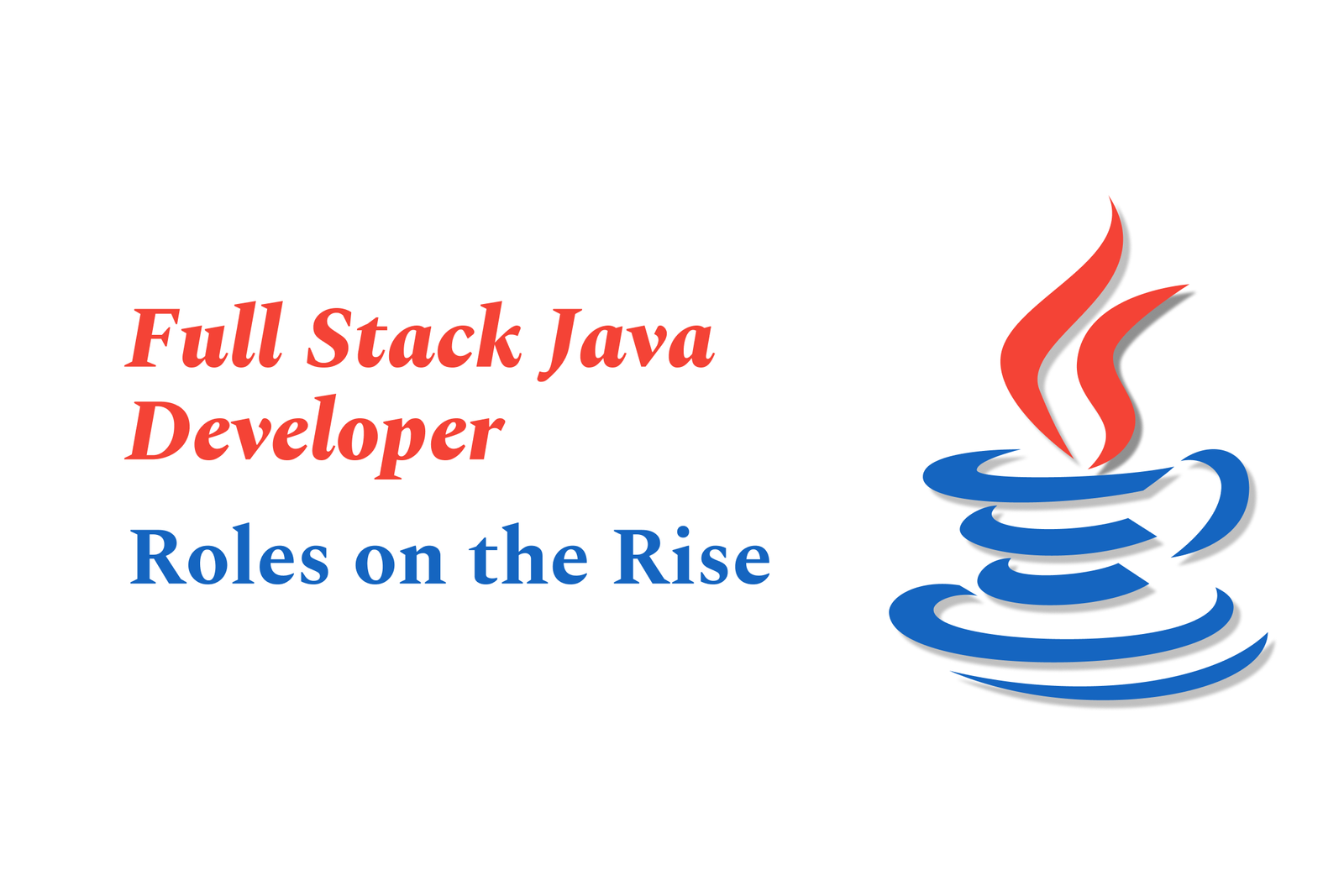Full Stack Java Developer Roles On The Rise
Full Stack Java Developer roles are on the rise as businesses seek versatile engineers skilled in both front-end and back-end Java technologies. These developers streamline project delivery by managing complete software stacks, boosting efficiency and adapting to fast-paced, agile environments.
Full Stack Java Developer Roles on the Rise
1 ) Transformation in Software Engineering Roles
The software industry is rapidly evolving with blurred lines between front end and back end development. Traditional specialized roles are giving way to full stack developers who manage both domains proficiently, driven by advancements in cloud computing and AI driven tools.
2 ) Reasons for the Rise of Full Stack Developers
Agile environments demand developers capable of handling client side and server side tasks to speed up project delivery.
Full stack developers possess an end to end understanding of technology stacks, enhancing both user experience and backend efficiency.
Startups and SMBs favor these versatile engineers to reduce team size while maintaining productivity.
Modern development frameworks simplify acquiring full stack skills, increasing their market demand.
3 ) Advantages of Full Stack Development Teams
Flexibility: Such teams can quickly reallocate resources as needed, enabling faster responses to shifting project requirements.
Improved Communication: Full stack developers reduce barriers between front end and back end teams, fostering better collaboration and minimizing bugs.
Comprehensive Insight: Their holistic knowledge of the software stack helps deliver more integrated and effective solutions.
4 ) Impact on Work Culture and Developer Experience
The shift toward full stack roles has had mixed effects. It offers adaptability and broader skill development but also raises concerns about exploitation—companies may prefer hiring fewer full stack developers over multiple specialists, impacting work life balance.
5 ) Future Outlook for Full Stack Java Developers
Full stack Java developers are becoming the backbone of modern software engineering due to their versatility and comprehensive skill set. As technology landscapes continue evolving, their roles and demand are expected to grow, particularly in agile and startup environments seeking rapid development and flexible team dynamics.
https://justacademy.in/news-detail/android-app-modularization-trends
https://justacademy.in/news-detail/react-native-0.75-vs-0.74:-what?s-changed?
https://justacademy.in/news-detail/android-instant-apps-developments
https://justacademy.in/news-detail/why-react-native-is-still-relevant-in-2025
https://justacademy.in/news-detail/apple?s-new-testflight-features-for-beta-testing
Related Posts
In 2025, top Angular libraries offer modern, feature-rich components and tools for building dynamic web apps. From powerful data grids to low-code platforms like UI Bakery, these libraries enhance development speed, UI design, and scalability, making them essential for Angular developers.
Migrating from AngularJS to Angular 17 involves gradually upgrading your app by running both frameworks together using tools like ngUpgrade, rewriting components in TypeScript, and adopting Angular’s modern architecture to enhance performance, maintainability, and long-term support.
Angular state management tools help organize and handle app data efficiently, improving scalability and maintainability. Popular options include NgRx for robust, RxJS-based patterns, and newer Signal Store solutions that offer simpler, reactive approaches integrated tightly with Angular’s latest features.
RxJS in Angular empowers developers to manage asynchronous data streams with powerful operators like `forkJoin`, `combineLatest`, and `zip`. Mastering these key operators in 2025 is essential for building efficient, reactive applications that handle complex event sequences seamlessly.
Angular performance optimization in 2025 focuses on improving app speed and responsiveness by using techniques like OnPush change detection, lazy loading, efficient data caching, and AOT compilation. These practices reduce load times, enhance user experience, and ensure scalable, fast Angular applications.
In 2025, Angular remains preferred for large-scale, enterprise apps with its robust, all-in-one framework, while Vue attracts developers seeking simplicity and fast development for smaller projects. Both frameworks excel, with choice driven by project needs and team expertise.
Angular Signals are a new reactive primitive in Angular 16 that enable fine-grained, efficient change detection by automatically tracking dependencies and updating only affected parts of the UI. They simplify state management and boost app performance, revolutionizing Angular's reactivity model.
Angular interview questions to prepare in 2025 focus on core concepts like components, directives, data binding, routing, and dependency injection, along with TypeScript mastery and latest Angular features to ensure strong practical knowledge for building scalable, efficient web applications.
AngularJS reached its official end of support in January 2022, meaning no further updates or security patches. To ensure app security and performance, developers should consider migrating to modern Angular versions or seek third-party long-term support options if immediate migration isn’t possible.
The Angular Roadmap 2025 highlights upcoming features focused on improving developer experience and performance, including zoneless Angular, Signals integration, enhanced Forms, async data handling, improved HMR, and expanded Angular Material/CDK enhancements, driving modern, efficient web app development.










